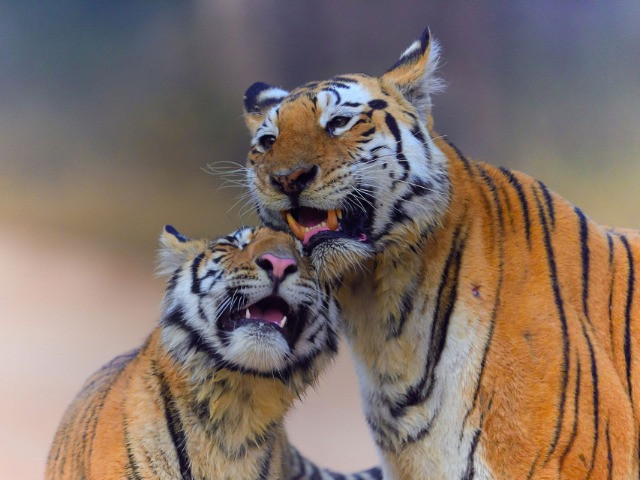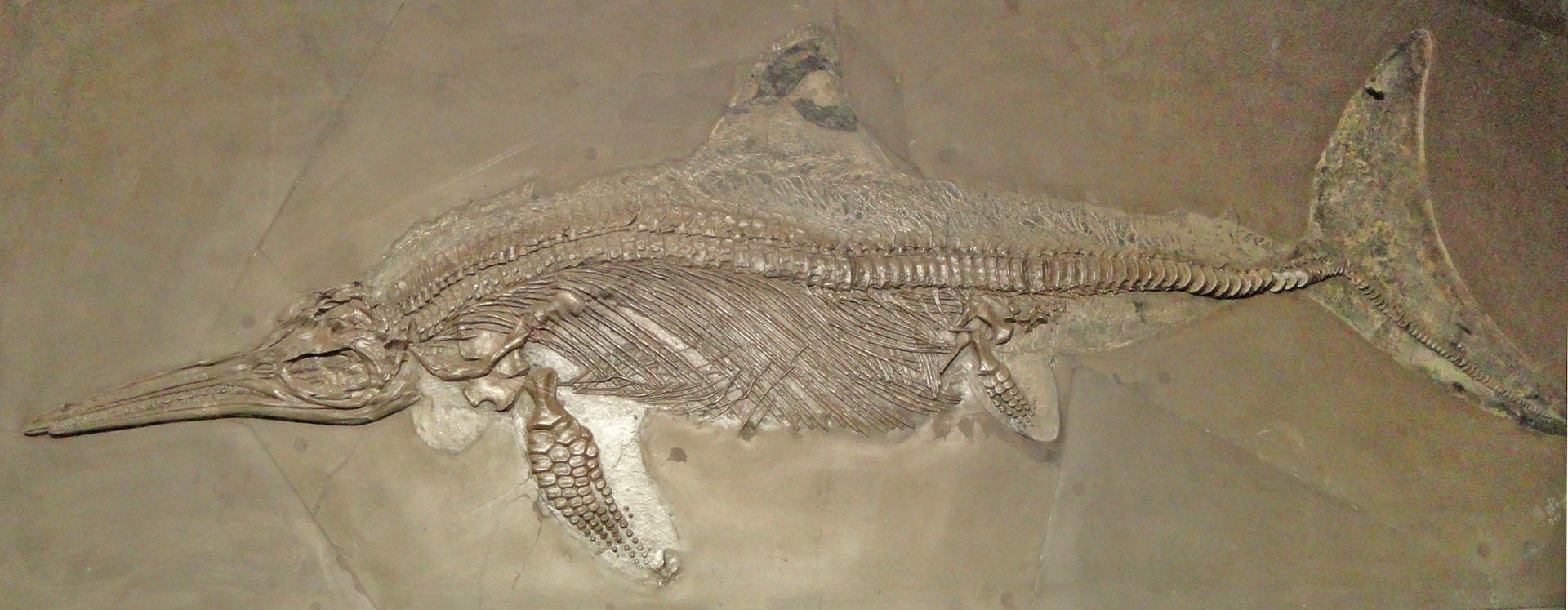2022. Honestly, the pertinent question to ask would be, when and how did the latter two digits surpass the former? But then again, so much has happened already in the first two weeks of this year! A volcanic eruption that occurs once every 1000 years, the death of a renowned tigress, and much more. Here is the news roundup from the natural world for the first fortnight of the year.
National
Assamese Reserve To Triple In Size
Earlier this month, the Assamese government issued a notification to add 200.32sq.km. to the 78.82sq.km. Orang National Park, the state’s oldest game reserve, thus tripling its existing size. Most of the area to be added to the park comprises the Brahmaputra River and its many islands, which has enthused a lot of wildlife experts about the prospect of the reintroduction of the Gharial in the region.
With better protection, the stretch of the Brahmaputra in the Kaziranga-Orang landscape is ideal for sustaining the Gharial,” Pradipta Baruah, divisional forest officer of the Mangaldoi Wildlife Division, told The Hindu.
Legendary ‘Collarwali’ Tigress Bids Farewell
The tigress who earned the moniker of ‘super mum’, died due to old age at the Pench Tiger Reserve last Saturday. One of the most famous tigers in the country, the felid gave birth to 29 cubs in eight litters during her lifetime.
Named 'Collarwali' because of the radio collar she wore, she first gave birth to three cubs in 2008; unfortunately, they did not survive. In 2010, she successfully raised a litter of five cubs (four females and one male). Dr Aniruddha Majumdar, a scientist with the State Forest Research Institute, told the Indian Express, "There is hardly any record of a tigress giving birth to five cubs at one go. She raised all of them. Over the years, she gave birth to 29 cubs…25 survived.”
Read more: Collarwali: Remembering India’s ‘super mum’ tigress | BBC News
International
A Once-in-a-millennium Event
On January 15, the Hunga Tonga–Hunga Haʻapai volcano erupted causing significant damage on the shores of the South Pacific nation of Tonga and its after-effects were felt across the globe; the resulting sonic boom was even heard in Alaska, 9000km away.
According to the New Scientist, the two previous mega-eruptions of the Hunga Tonga-Hunga Ha’apai occurred in AD 1100 and AD 200, suggesting they occur roughly once every millennium.
Read more: Tonga’s volcano eruption and tsunami explained in maps and charts | Infographic News | Al Jazeera
“One Of The Greatest Finds In British Palaeontological History”
The fossilised remains of a 10m-long sea predator called an ichthyosaur was excavated at the Rutland Water Nature Reserve. Largest of its type ever discovered in the UK, ichthyosaurs are a type of warm-blooded, air-breathing sea predator not unlike dolphins that lived between 250 million and 90 million years ago.
Dr Dean Lomax, a palaeontologist from Manchester University, called the discovery "truly unprecedented" due to its size and completeness. “Usually we think of ichthyosaurs and other marine reptiles being discovered along the Jurassic Coast in Dorset or the Yorkshire coast, where many of them are exposed by the erosion of the cliffs. Here at an inland location is very unusual."
Read more: Ichthyosaur: Huge fossilised ‘sea dragon’ found in Rutland reservoir | BBC News
The Critically Endangered DiCaprio
American actor Leonardo DiCaprio was honoured for his environmental activism as the first plant species described by science this year was named after him. Uvariopsis dicaprio is a critically endangered evergreen tree found in the tropical Ebo forests of Cameroon. Researchers wanted to credit DiCaprio's activism with helping save the tropical Ebo Forest from logging.
"We very much appreciated the support Leo gave us in campaigning to protect Ebo last year so it seemed fitting to honour him in this way, naming a species unique only to this forest, after him," study author Martin Cheek said in a statement.









